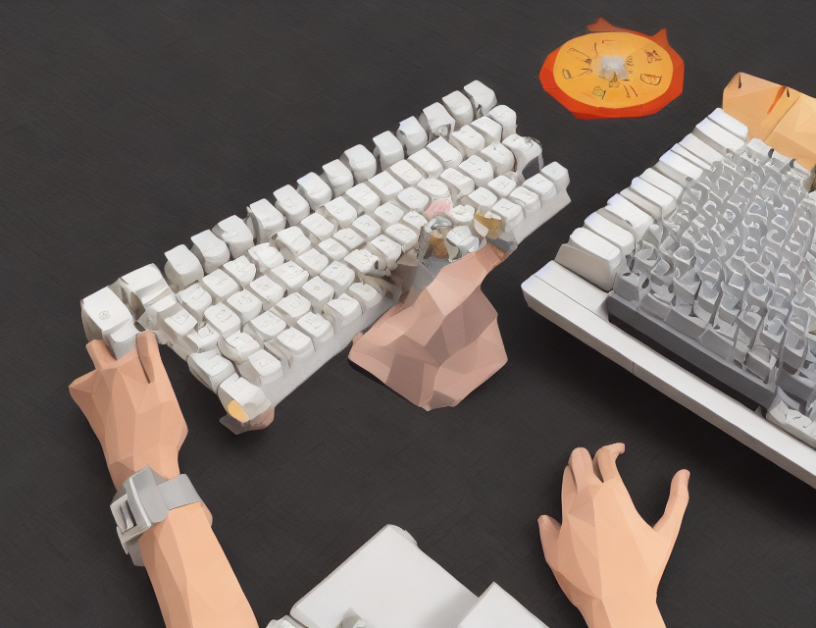In this study, researchers aimed to improve typing speed and accuracy by using a novel interface that utilizes the user’s gaze movements to predict and complete words. The interface consists of eight clusters, each moving in a distinct direction, and is designed to display the most likely word prediction based on the user’s eye movements.
To evaluate the effectiveness of this new typing method, the researchers conducted a series of experiments using 20 participants who were asked to complete text entry tasks using both the traditional typing method and the novel gaze-based interface. The results showed that the gaze-based interface significantly improved typing speed and accuracy compared to the traditional method, with an average improvement of 28.4% in WPM and a reduction in UER by 41.5%.
The researchers also analyzed the data using various statistical methods, including repeated measures ANOVA, Bonferroni correction, Shapiro-Wilk test, and generalized eta squared, to evaluate the effect size of the gaze-based interface. The results indicated that the gaze-based interface resulted in a large effect size, with an η2 of 0.73, indicating a significant improvement in typing performance.
The study’s findings suggest that the novel gaze-based interface has the potential to significantly improve typing speed and accuracy, making it a promising solution for individuals who struggle with traditional typing methods due to limitations such as slow speed or high error rates. The researchers also acknowledge some limitations of their method, including the need for further refinement to account for individual differences in eye movement patterns and the potential for fatigue or discomfort during prolonged use.
In conclusion, this study demonstrates the feasibility and effectiveness of using gaze movements to predict and complete words during text entry, with promising implications for improving typing speed and accuracy. The findings provide a valuable contribution to the field of human-computer interaction and have the potential to positively impact individuals who rely on text entry in their daily lives.
Computer Science, Human-Computer Interaction
Word Prediction Improves Typing Speed but Increases Errors



